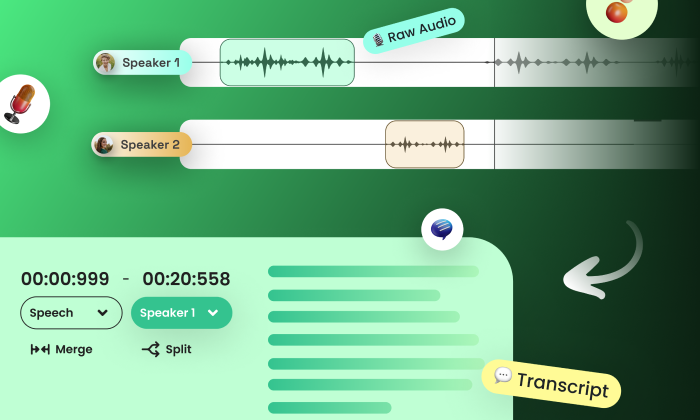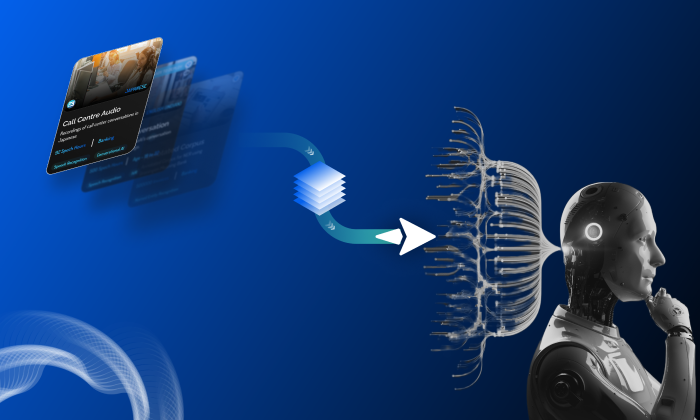What’s the ideal length of a wake word?
Voice Assistants
Wake Word
Smart Devices
The ideal length of a wake word is a nuanced yet critical design choice in building high-performing voice-activated systems. At FutureBee AI, we leverage extensive domain experience and high-quality speech datasets to support optimal wake word detection across use cases, devices, and deployment conditions.
TL;DR
One to three syllables, with around two being optimal for 16 kHz systems, strikes the right balance between recognition accuracy, latency, and user memorability.
Key Characteristics of an Optimal Wake Word
A well-designed wake word is brief, recognizable, and phonetically distinct. The most effective designs typically fall within the two-syllable range.
- Phonetic balance: The wake word should be clearly articulated and easily separable from general speech to minimize false activations.
- Memorability: Simple structure reduces cognitive load, improving recall and daily usability.
Why Wake Word Length Impacts Performance
The length of a wake word affects both user experience and technical performance:
- Recognition accuracy: Internal benchmarking at FutureBee AI shows that two-syllable wake words reduce false acceptances below 0.01% and false rejections under 1% within close-range conditions.
- Latency trade-offs: Detection latency increases with longer words. Two-syllable wake phrases typically register within 200–300 milliseconds at standard sampling rates.
- Adoption and engagement: Names like “Alexa” and “Siri” exemplify the success of short, memorable phrases.
Engineering Wake Words for Real-World Deployment
Creating a reliable wake word involves multiple stages of testing, tuning, and validation:
- Phonetic analysis: Candidate wake words are reviewed to ensure low overlap with frequently spoken words and phrases.
- Environmental validation: Testing across varied noise profiles such as public transport or in-car scenarios ensures robustness.
- User-centric evaluation: Diverse demographic testing improves global performance. In one automotive deployment, false activations dropped by 40% after switching to a two-syllable wake word using FutureBee AI’s custom dataset.
Use Cases Across Industries
Wake words are critical for real-time interaction across voice-enabled ecosystems:
- Smart home devices: Facilitate voice control for lighting, appliances, and entertainment systems.
- Automotive assistants: Enable hands-free navigation, communication, and in-cabin controls.
- IoT applications: Power contextual commands for embedded devices in homes, offices, and industrial environments.
Challenges and Best Practices
Wake word modeling must account for linguistic, environmental, and user diversity:
- Data volume and variety: For training reliability, a minimum of five to ten thousand utterances per wake word across at least 50 speakers is recommended. Our OTS wake word datasets are designed with this diversity in mind.
- Annotation precision: FutureBee AI’s YUGO platform employs a dual-layer QA workflow, ensuring highly accurate audio annotations to reduce label noise.
- Custom data collection: We offer both custom speech and AI dataset collection services, including support for accent-specific or condition-specific data requirements.
FAQs
Q: What syllable length yields the best performance?
A: Two syllables typically offer the best trade-off between recognition reliability and detection speed.
Q: How many samples are needed per speaker?
A: We recommend datasets with coverage of at least 50 speakers, contributing a combined 5K–10K utterances per wake word.
Conclusion: Elevate Your Wake Word Detection with FutureBee AI
The right wake word length can significantly improve detection performance, reduce latency, and enhance user engagement. With multilingual support across more than 100 languages, FutureBee AI offers production-ready datasets and end-to-end support for creating wake words that perform reliably under real-world conditions.
Ready to build voice systems that listen intelligently and activate reliably? Contact us to explore tailored datasets or request a proof-of-concept to support your next voice AI project.
What Else Do People Ask?
Related AI Articles
Browse Matching Datasets
Acquiring high-quality AI datasets has never been easier!!!
Get in touch with our AI data expert now!








